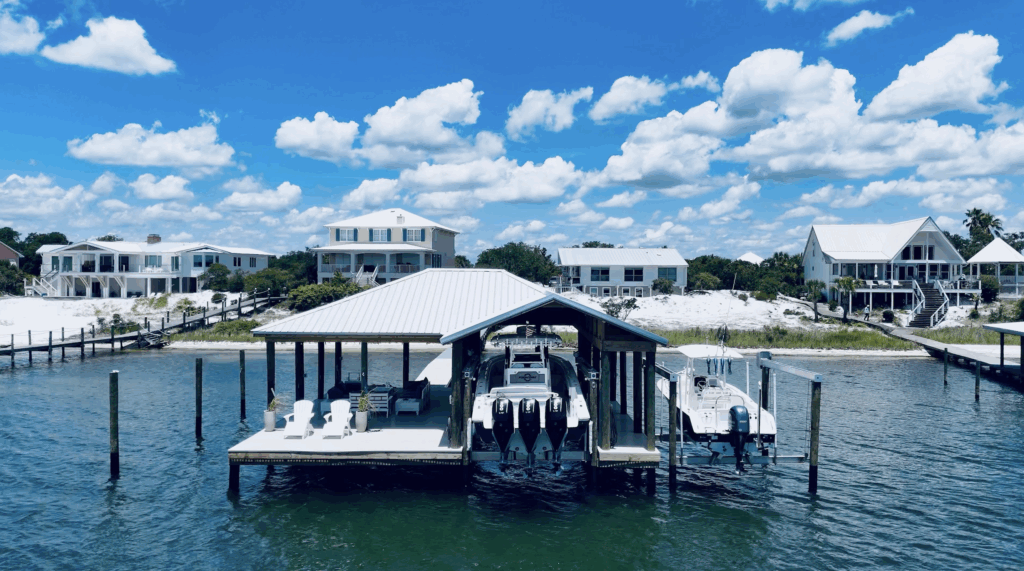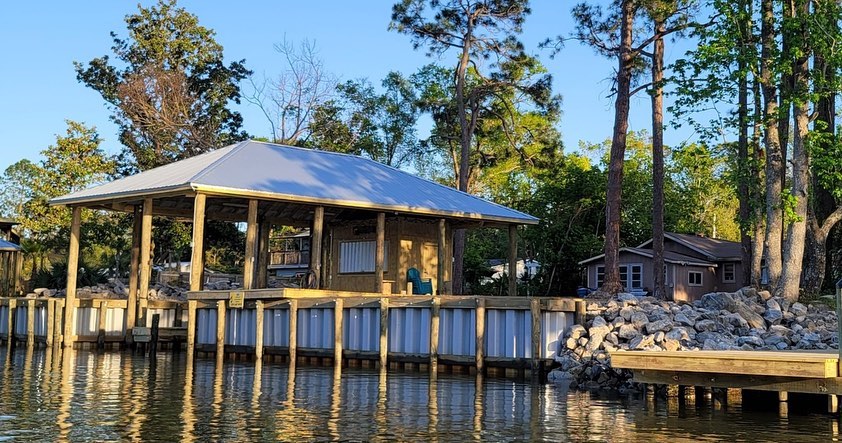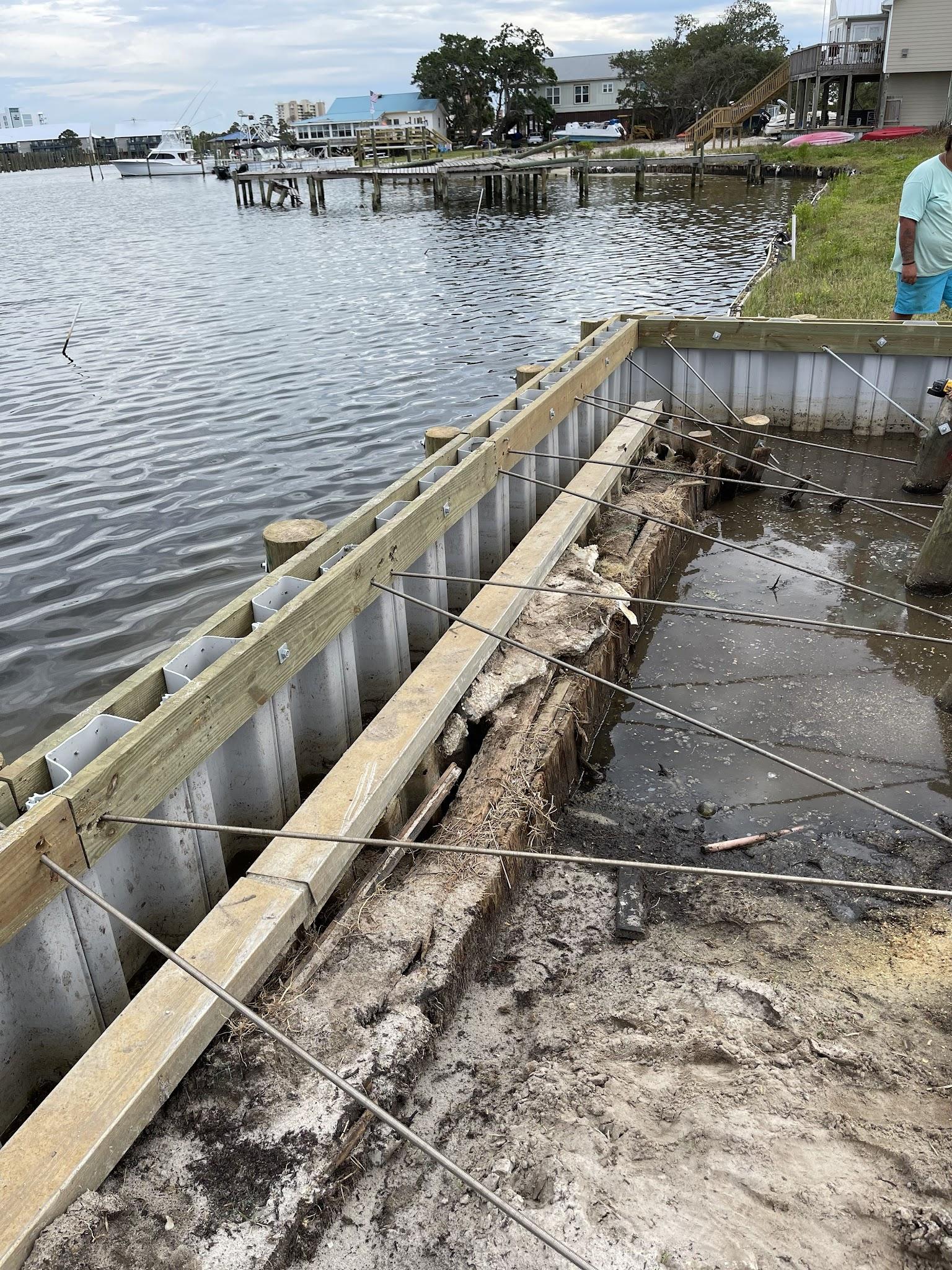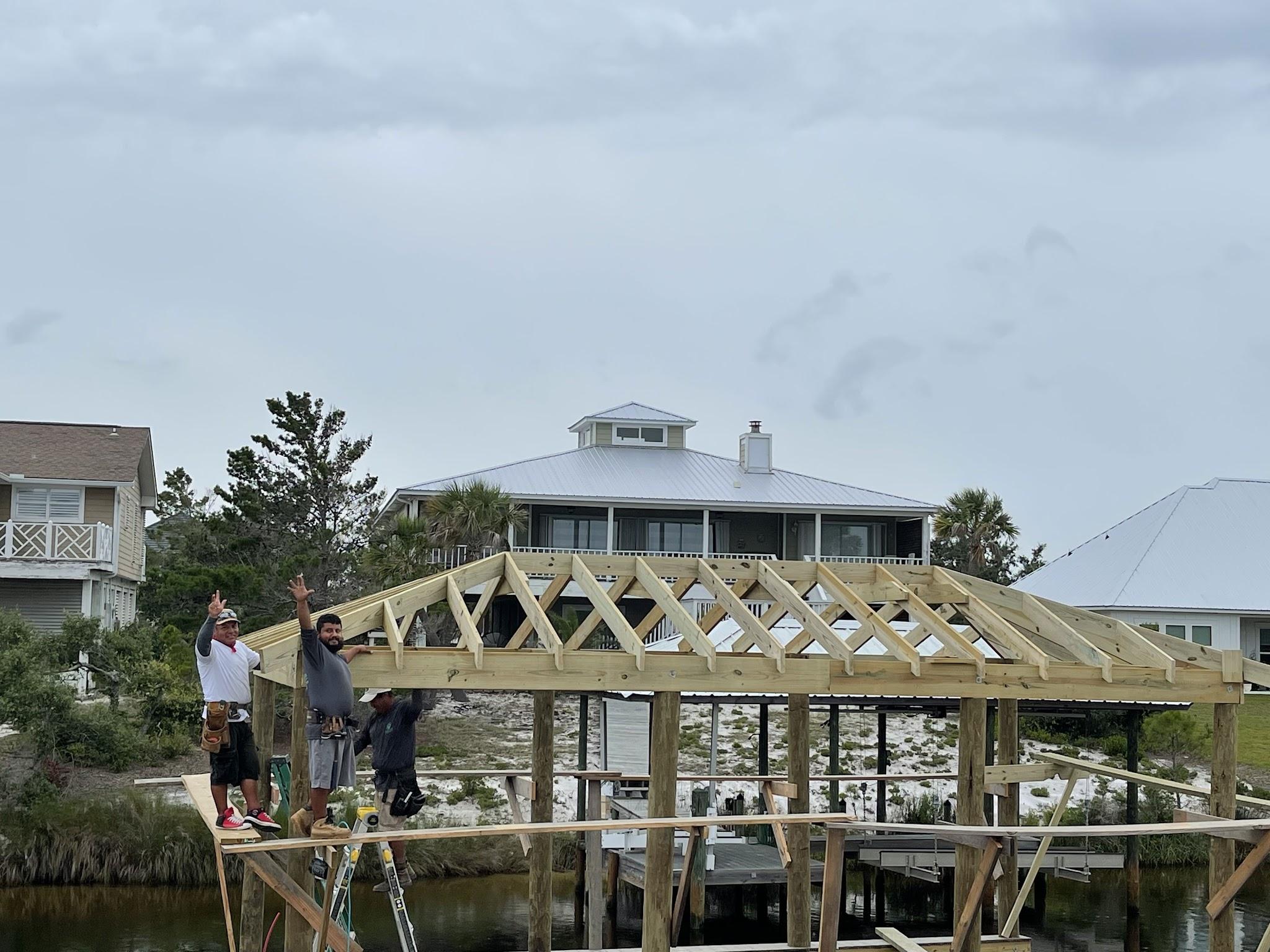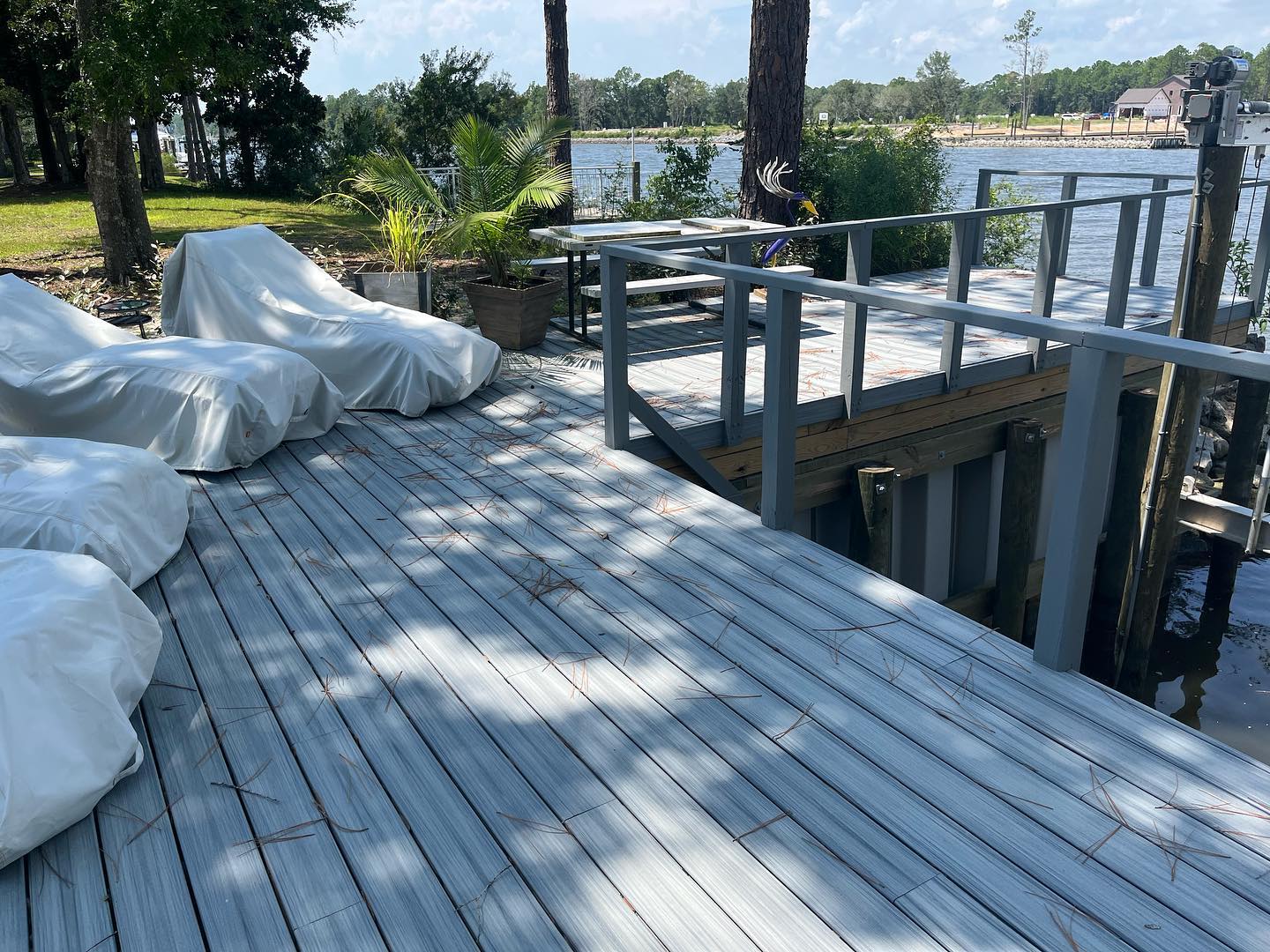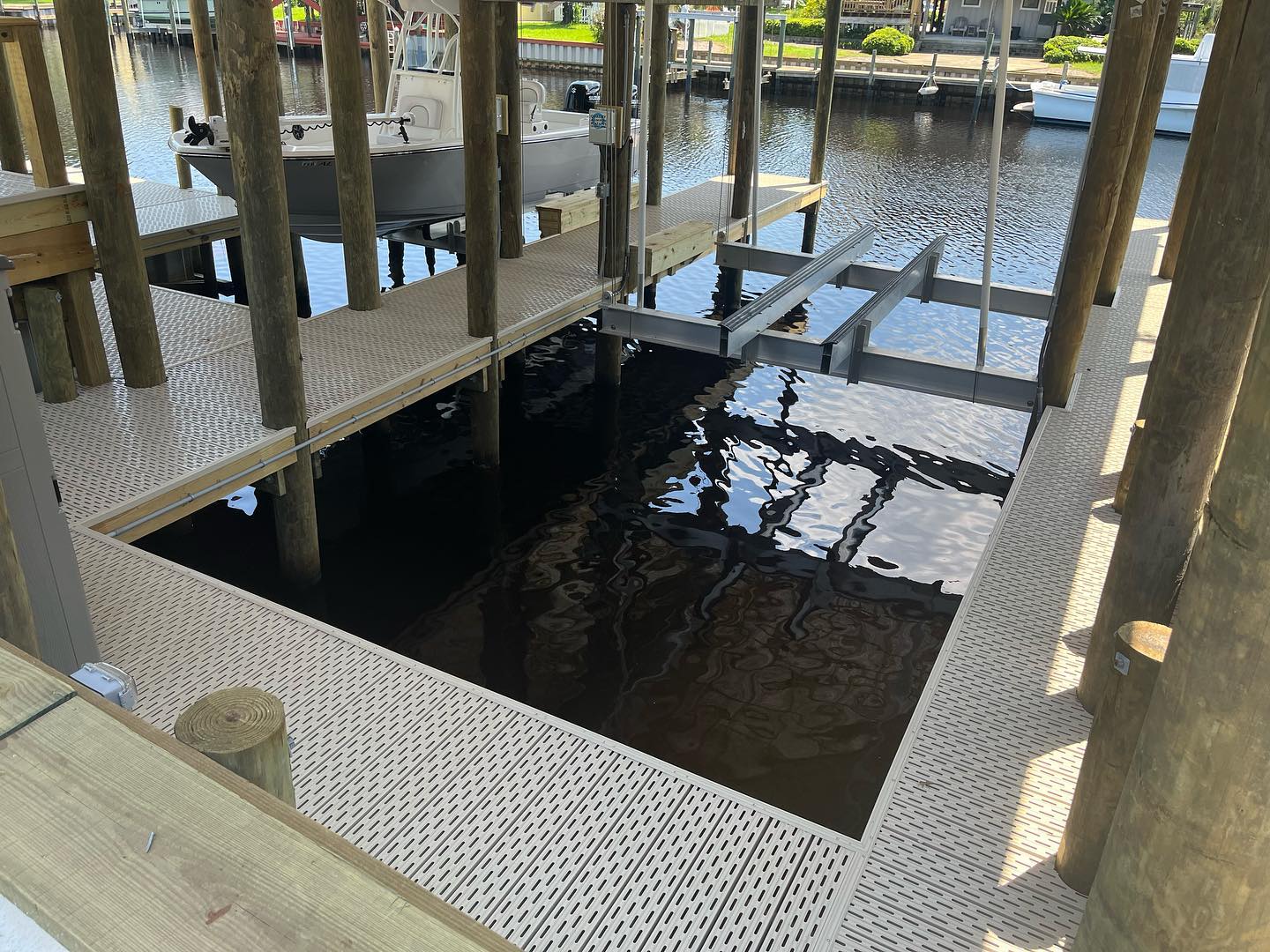Living or building near coastal waters offers incredible beauty and unique lifestyle benefits. The serene views, easy access to water recreation, and the calming influence of the tide make waterfront properties highly desirable. However, coastal construction comes with its own set of challenges. Tides, fluctuating water levels, and shifting shorelines require careful planning to ensure properties remain safe, functional, and sustainable over time. Understanding how to work with nature rather than against it is key to successful coastal design.
Understanding Tidal Patterns
Tides are the natural rise and fall of sea levels caused by the gravitational pull of the moon and the sun. They create predictable cycles, but the height and timing of tides can vary based on location, weather conditions, and seasonal factors. For property owners and developers, understanding tidal patterns is essential. Ignoring tidal behavior can result in water intrusion, erosion, and damage to structures over time. By studying local tide charts, historical data, and seasonal fluctuations, builders can make informed decisions about where to position homes, docks, and other waterfront features.
Planning for Water Levels
Fluctuating water levels influence not only the safety of a property but also its usability. A dock that is perfectly positioned at high tide might be unreachable at low tide. A structure built too close to the shoreline may face flooding risks during storms or exceptionally high tides. Designing with these changes in mind helps ensure that every element of a property remains functional throughout the year. Elevating key structures, creating terraces, and using adjustable or floating platforms are some of the strategies that allow buildings and amenities to adapt to changing water levels.
Protecting Against Erosion
Erosion is one of the most significant challenges in coastal construction. Waves, currents, and tidal movement can gradually wear away soil and sand, threatening both landscaping and structural integrity. Mitigating erosion starts with selecting the right materials and building techniques. Strategically planting vegetation along the shoreline, reinforcing banks with natural or engineered barriers, and avoiding heavy disturbance of the soil all contribute to long-term stability. Proper grading and drainage systems can also redirect water in ways that reduce erosion while maintaining the natural flow of tides.
Designing for Storms and High Water Events
Tides are only one part of the equation. Coastal properties must also be prepared for storm surges, heavy rains, and hurricanes that can dramatically alter water levels in a short period. Integrating storm readiness into the design process is critical. Elevated foundations, flood-resistant materials, and robust anchoring systems ensure that buildings can withstand temporary high water without sustaining major damage. Considering these factors during planning not only protects investments but also enhances safety for residents and visitors.
Working with Natural Landscapes
Successful tidal design embraces the natural features of the land rather than attempting to completely reshape them. Preserving wetlands, dunes, and natural vegetation can provide a buffer against tides and storms, reducing the impact on built structures. By incorporating these features into the design, properties can achieve both aesthetic appeal and practical resilience. Walkways, patios, and waterfront access points can be carefully positioned to coexist with natural water flows, creating harmony between human use and environmental sustainability.
Choosing the Right Materials
Materials selection is a crucial aspect of designing for tidal environments. Saltwater exposure accelerates corrosion and decay in many building materials. Using marine-grade wood, stainless steel, reinforced concrete, and weather-resistant composites helps ensure structures maintain integrity over time. Decking, railings, and dock components need to withstand both water and sun exposure, while interior finishes should be selected with moisture resistance in mind. Investing in durable materials reduces long-term maintenance costs and preserves the beauty and functionality of a property.
Long-Term Maintenance Planning
Designing a property to work with tides does not end once construction is complete. Ongoing maintenance is essential to adapt to subtle changes in water levels, shorelines, and weather patterns. Regular inspections of foundations, shoreline protections, docks, and drainage systems help identify potential issues early. Adjustments such as reinforcing banks, replacing worn materials, or modifying landscaping can keep properties resilient for decades. A proactive approach to maintenance ensures that the benefits of careful tidal design are preserved over the long term.
Balancing Functionality and Lifestyle
Ultimately, designing for tidal environments is about balancing functionality with the enjoyment of coastal living. Thoughtful placement of structures, consideration of water levels, and strategic erosion prevention allow homeowners and developers to create properties that are both beautiful and practical. Tides should be seen as a guiding factor rather than an obstacle. By respecting natural rhythms and building in harmony with the environment, properties can offer safe, accessible, and enjoyable waterfront experiences year-round.
Conclusion
Navigating tidal challenges requires knowledge, foresight, and a commitment to working with nature. Proper planning, strategic design, and the use of durable materials create resilient waterfront properties that withstand changing water levels and coastal conditions. By embracing tidal patterns and integrating them into the construction process, homeowners and developers can ensure safety, longevity, and lasting enjoyment of their coastal investments. Waterfront living offers unparalleled beauty and lifestyle benefits, and with careful design, it can be achieved responsibly and sustainably for generations to come.

